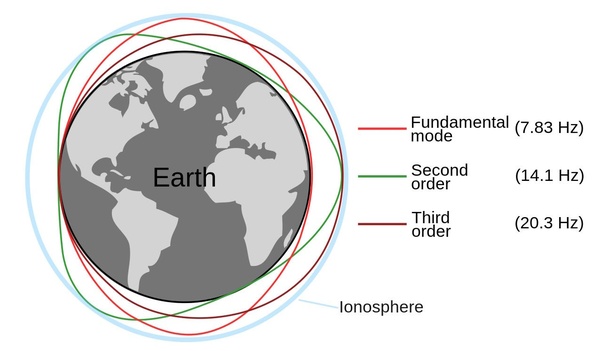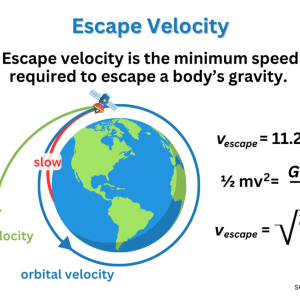
The vibration of Earth at a frequency of 7.83 Hz is known as Schumann resonance – named after the German physicist Otto Schumann (1888-1974), who predicted and mathematically described the phenomenon in 1952.
Commonly known as “Earth’s heart-beat”. This resonance is essentially a set of spectrum peaks in the ELF (extremely low frequency) portion of the Earth’s electromagnetic field spectrum.
The resonance occurs because the space between the Earth’s surface and the ionosphere acts as a resonant cavity. This cavity can sustain electromagnetic waves that have extremely long wavelengths – such as ones comparable to the circumference of the Earth.
Lightning discharges around Earth are a primary source of the electromagnetic waves that resonate within this cavity – bouncing between Earth’s surface and the ionosphere.
The lowest frequency and the most significant peak in the spectrum is the fundamental frequency of Schumann resonance – it is 7.83 Hz. The wavelength at this frequency is about 40,000 km – comparable to the circumference of the Earth.






